Seoul, South Korea, is calling if you haven’t traveled to East Asia yet and are seeking for a destination with as much history as it does natural beauty.
Doha News has put together a list of Seoul’s top five tourist attractions after touring the city with the Korea National Tourism Organization.
Paju Imjingak Peace Gondola
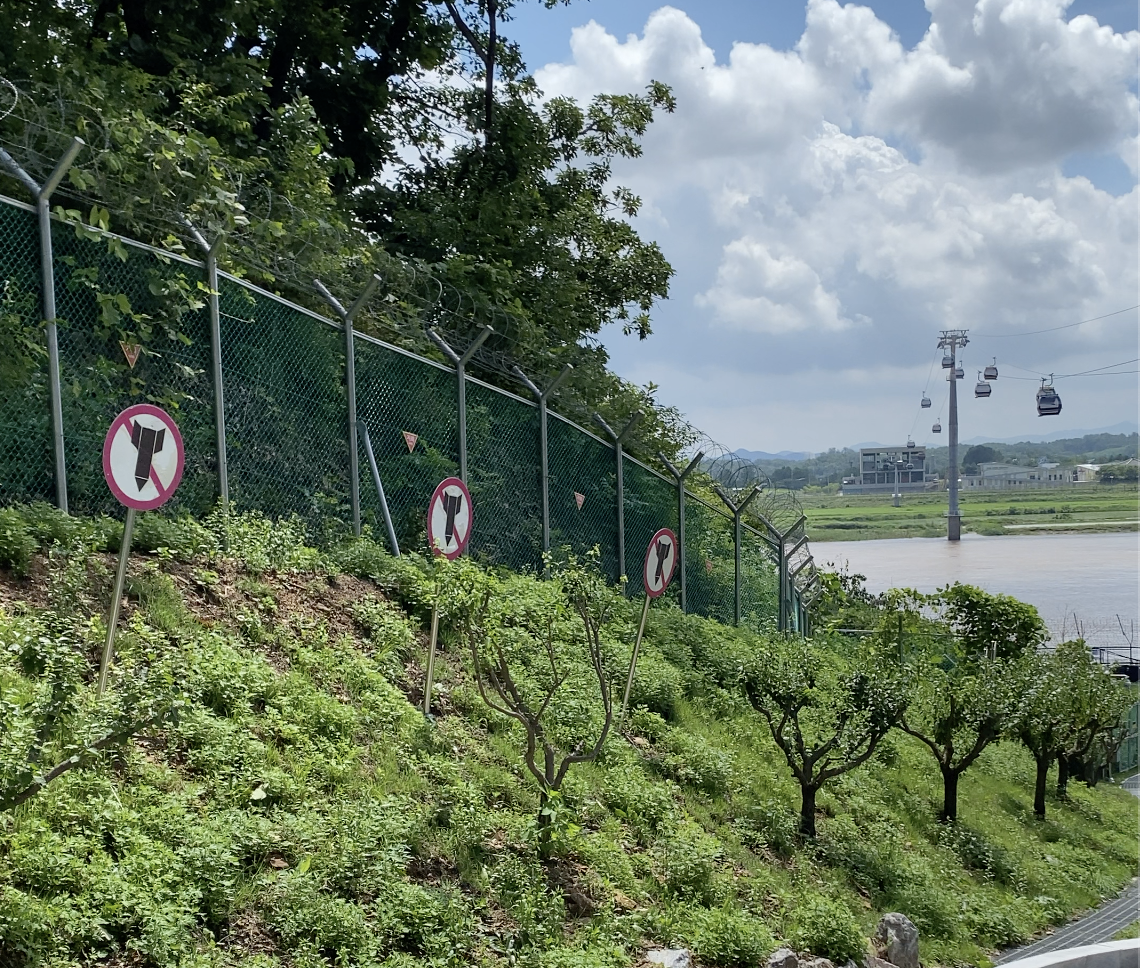
It has history and a story.
South Korea’s Demilitarised Zone (DMZ) is one of the most unique grounds in the world, having been witness to the pains and sorrows of a divided nation and later evolving to become a near-pristine ecosystem.
The DMZ was created in 1953 after the Korean War was over, when a border line was drawn across the centre of the Korean Peninsula, dividing the western and eastern coasts. Later in 2018, the leaders of the two Koreas joined hands, crossing the demarcation line.
Untouched by mankind, Paju Imjingak has become one of the few places in the world where a pristine ecosystem remains, marking it as a symbol of peace, communication, coexistence and a rare natural wonder.
The DMZ tourism area in Seoul houses many cultural heritage sites where, Peace Gondola for example, offers a view of the fields and rivers in the area. If you follow the fences, you’ll find an observatory with a panoramic view of the Imjingak, Freedom Bridge, Gyeongui–Jungang Line, Bukhansan Mountain and Jangdanbando Peninsula.
The area also hosts Camp Greaves, one of the oldest US Army bases in South Korea, and a cultural heritage centre which shows US modern architecture. Officers’ billets, barracks and more have been renovated and repurposed there, to be used as youth hostels for the DMZ tourism experience and events.
To experience the area to your fullest capacity, you have DMZ LIVE Experience Hall – a place which provides a fun, meaningful and enjoyable experience of the demilitarised zone. This gives you an overview of the various attractions throughout the area’s history, symbolism, and ecological environment of the borders through experiences such as Virtual Reality and Project Mapping.
Through the programmes, you can view animals and plants that are not easily seen, such as Asiatic black bears and otters, all whilst enjoying virtual travel.
Paju Imjingak is considered a landmark and a reminder of the pains of war and the preciousness of peace, as well as a place of healing and understanding which calls for peace and hope.
Cheongwadae (The Blue House)

The Cheong Wa Dae which was the official residence of the President of the Republic or Korea, is another must-see landmark.
The main building consists of the president’s office, a meeting room and other outbuildings.
Starting with the Main Office Building, or the ‘The Blue House’, this had been used as the official working headquarters and guest reception space of the President.
This traditional Korean-style structure has a hipped-and-gabled roof covered with around 150,000 Korean-style blue tiles, creating a majestic and imposing appearance.
As for Yeongbingwan, it was the state reception hall; the venue for large-scale meetings and official events for state guests where traditional Korean performances and dinner banquets were typically staged for a ceremonial welcome.
The Official Residence of the First Family consists of Bonchae, ‘living quarters’, and Byeolchae, a detached reception space. The residence also has an extensive front with a traditional Korean-style garden and a detached Sarangchae, which is known as the ‘men’s quarters’.
Gyeongbokgung Palace
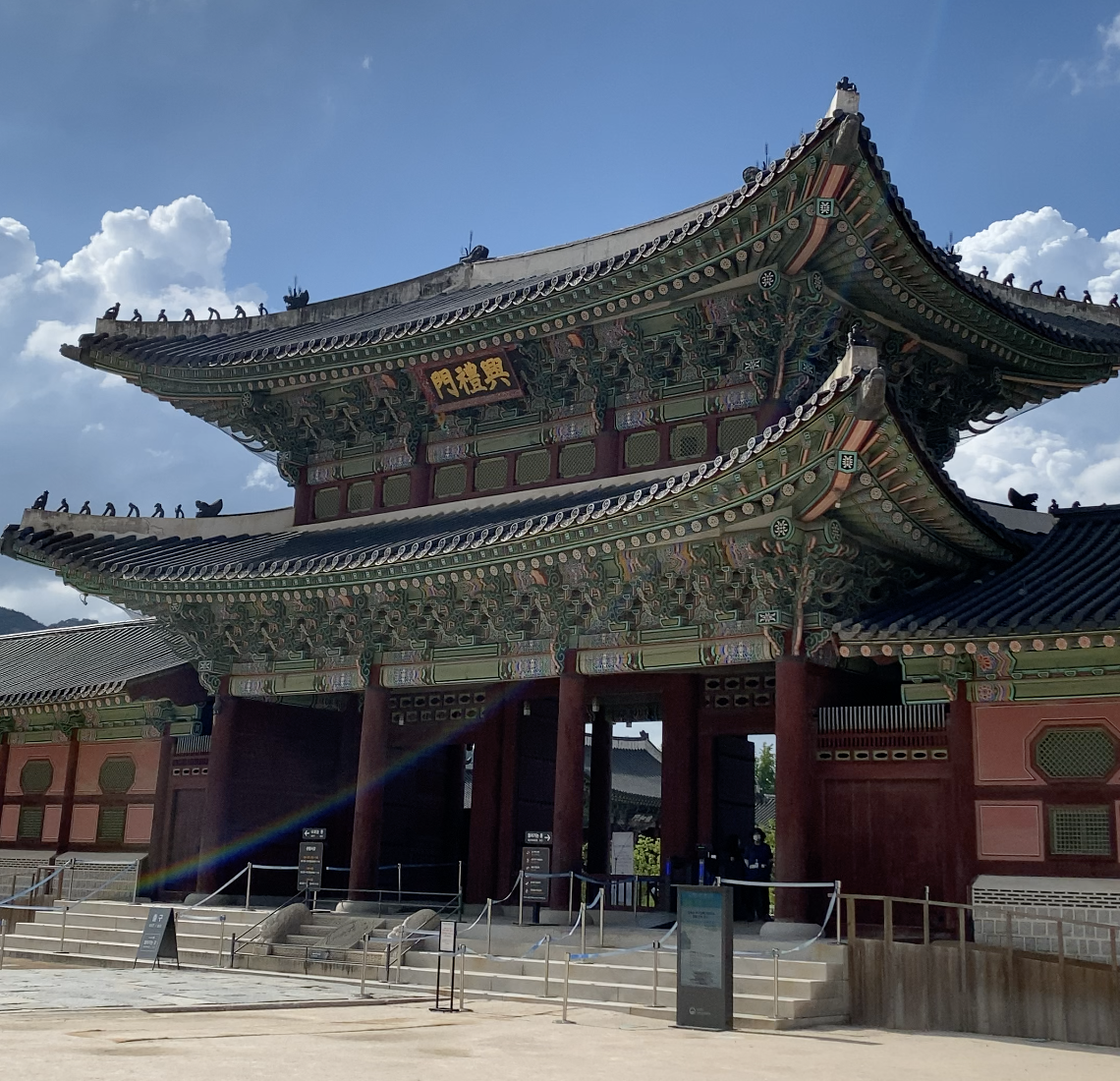
Gyeongbokgung Palace, commonly referred to as the Northern Palace, was built in 1395, and is arguably the most beautiful palace in South Korea. A must see for all everyone who loves a good fabulous tour through history as it remains the largest of all five palaces in South Korea.
Even though the premises of the palace were once burnt down during war, all of the palace buildings were later restored and, the buildings of the Joseon dynasty, Gyeonghoeru Pavilion and pond around Hyangwonjeong Pavilion have remained relatively intact.
The raised dias and stone markers of Geunjeongjeon, showcase the representative art style of their time.
Everland (Amusement Park)
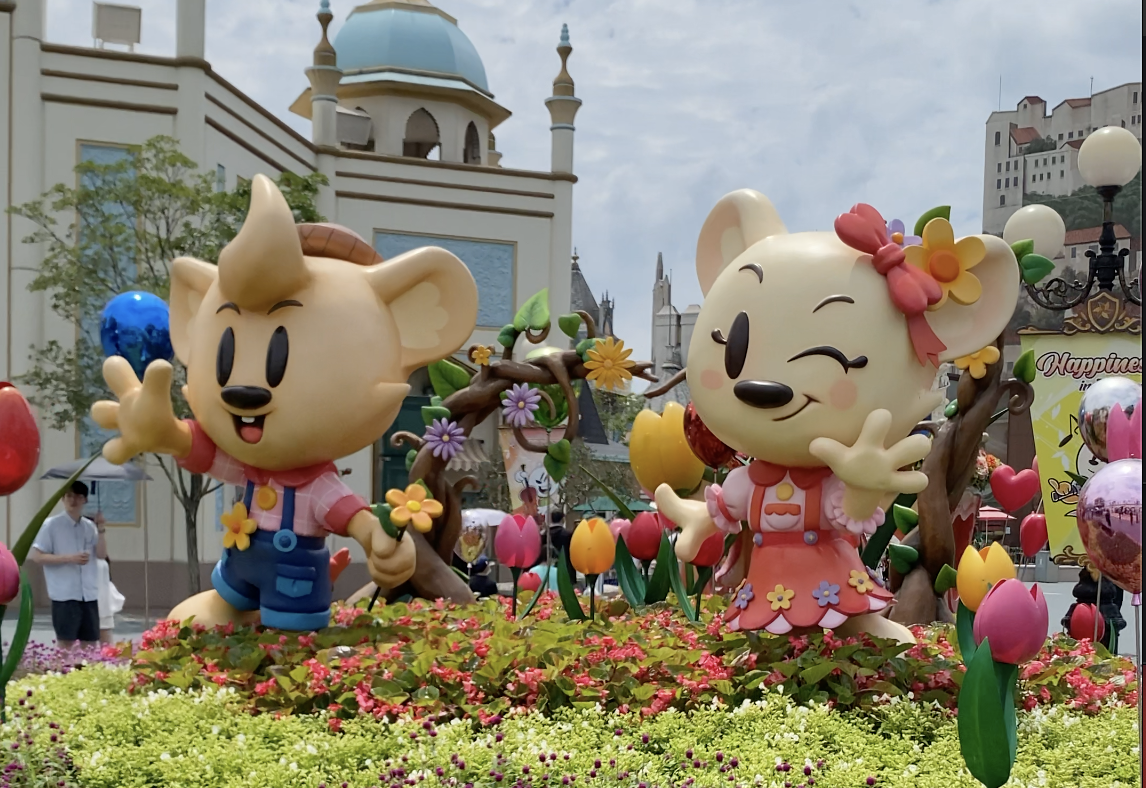
For those seeking more adventurous and exciting sites, the Amusement Park, Everland, is a must go.
Everland Resort entertains visitors through attractions in the five themed areas of Global Fair, American Adventure, Magic Land, Zootopia, and European Adventure.
It is decorated according to different themed festivals throughout the year, including Tulip Festival, Rose Festival, Summer Splash, Halloween Festival and Romantic Illumination.
One of the park’s most famous rides is T-Express, Korea’s first wooden roller coaster. As for Zootopia, it is definitely a must-see, as it exhibits around 2,000 animals. Lost Valley, opened in 2013, features the largest ecological safari trips where you can see up to 150 animals.
You can also see a pair of giant pandas gifted by Chinese president Xi Jinping, as a symbol of friendship between South Korea and China.
Nami Island
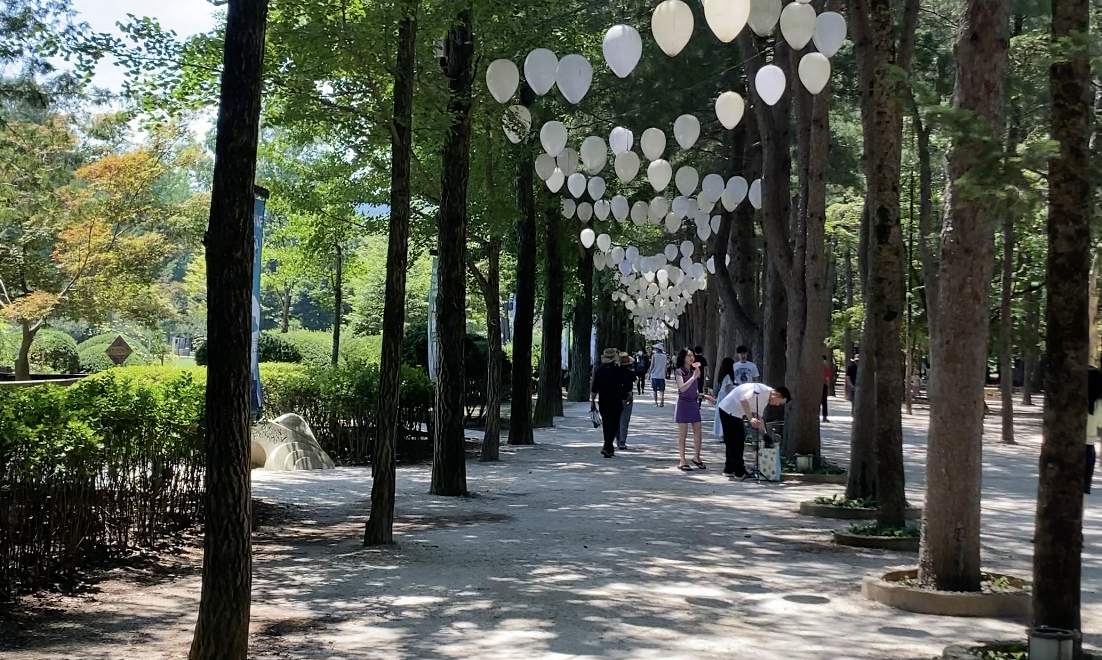
Another beautiful place to visit in Seoul is Nami Island; an island in the middle of the Bukhangang River, and South Korea’s primary tourist destination.
With many different fun activities to enjoy at Nami Island, it has become a very pretty theme park, including trails, restaurants, performance halls, wild animals, gardens, rides, and souvenir shops.
The attraction is particularly friendly towards Muslim tourists, in fact for the number of Muslim tourists who have visited it, a prayer room was set up in 2011, and, since 2014, a halal food restaurant has been operating there.
For those who like to memorialise their moments in pictures, you will certainly find many moments to capture with the stunning scenery and picturesque places the island offers.
Additionally, for some more fun and adventure, Nami Island’s ZipWire is the best place to go if craving an extra adrenaline rush. It’s an eco-friendly leisure facility, and one of the largest zipline facilities in Asia.




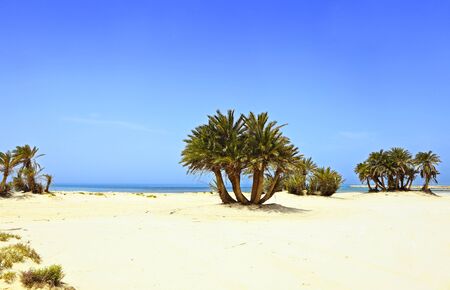

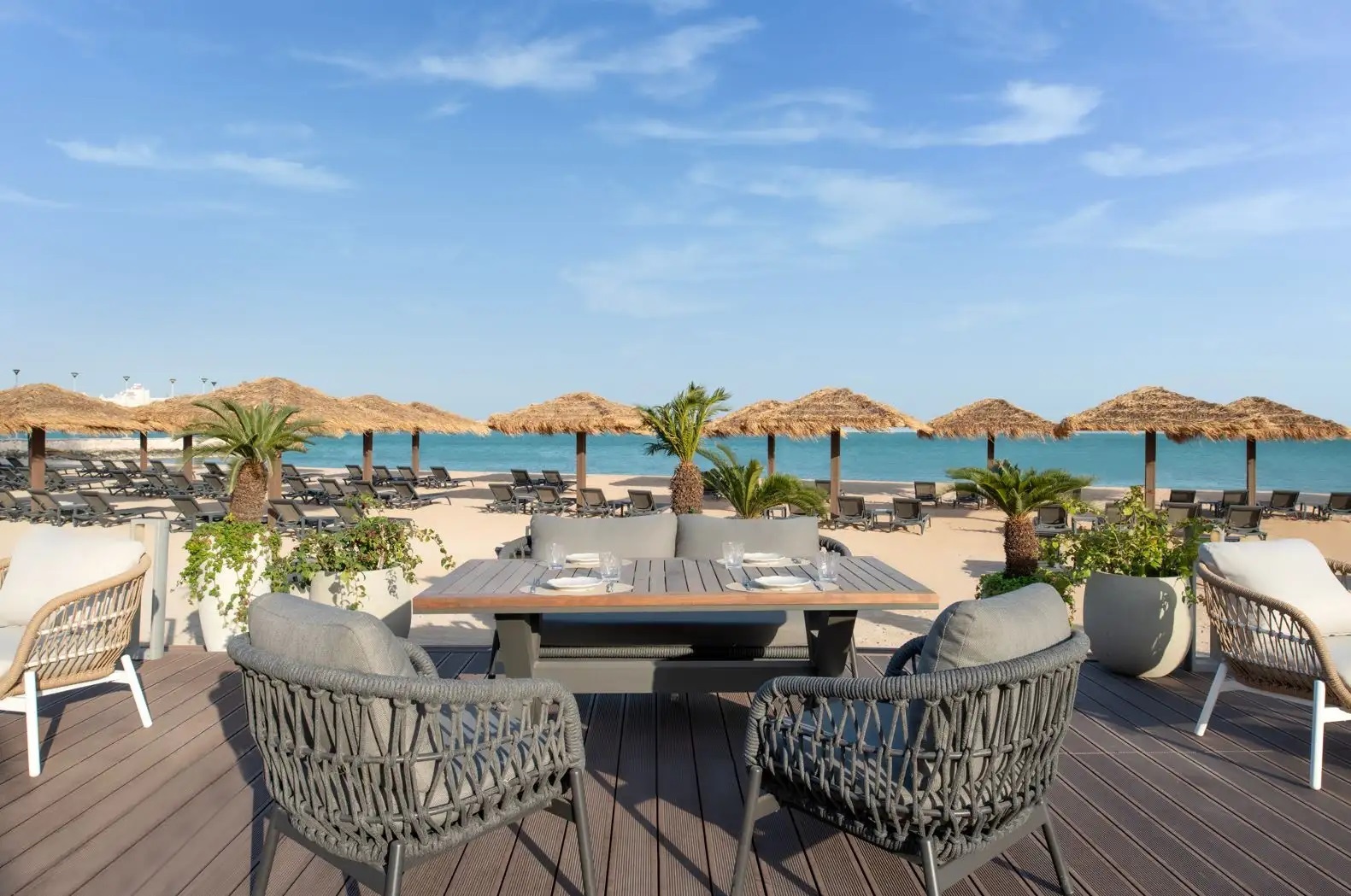
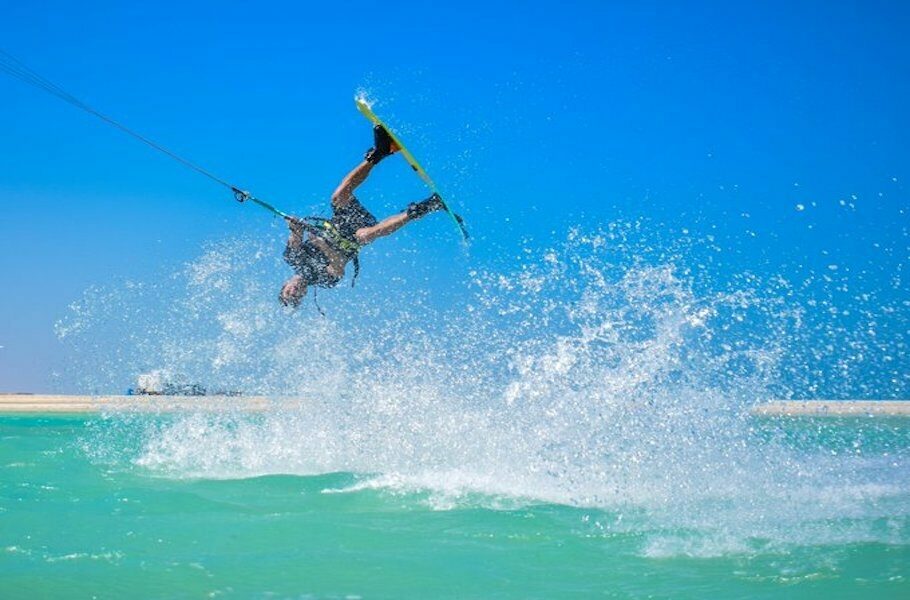
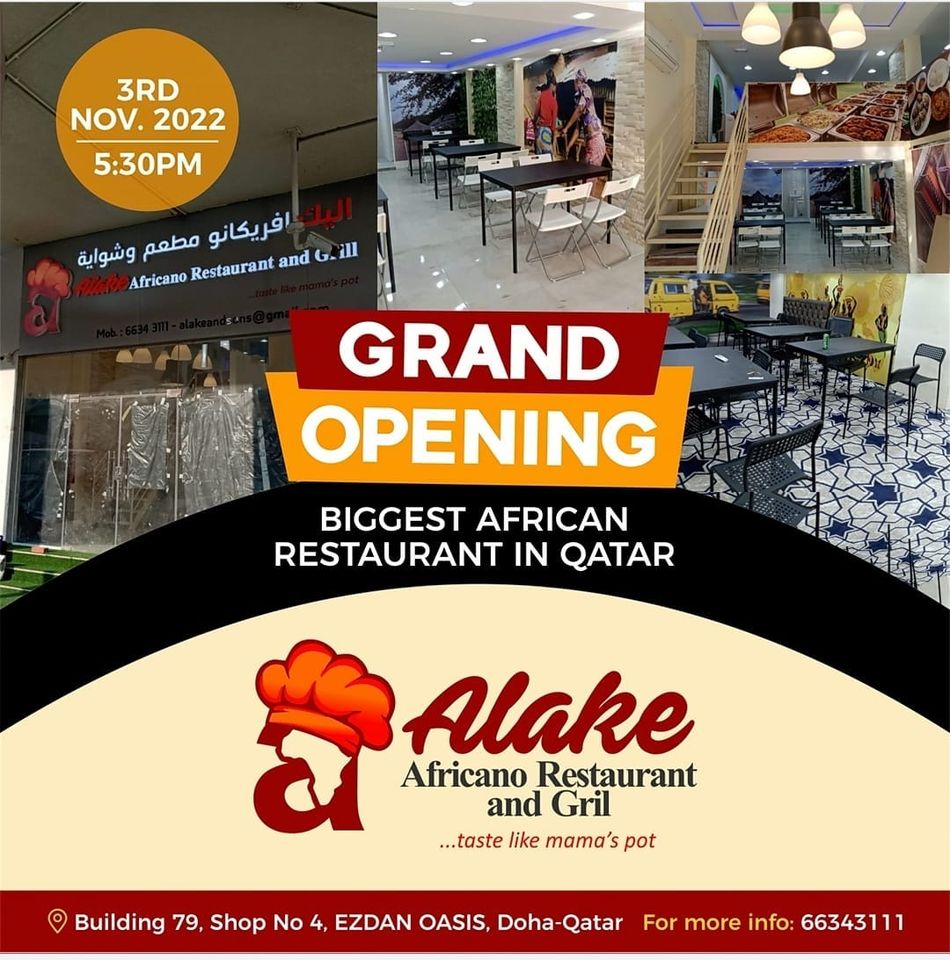
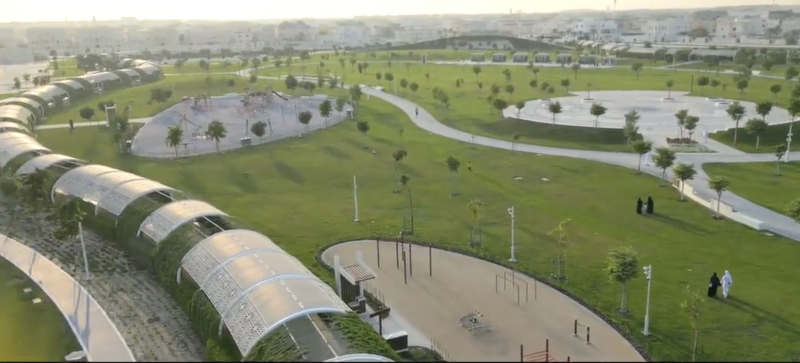

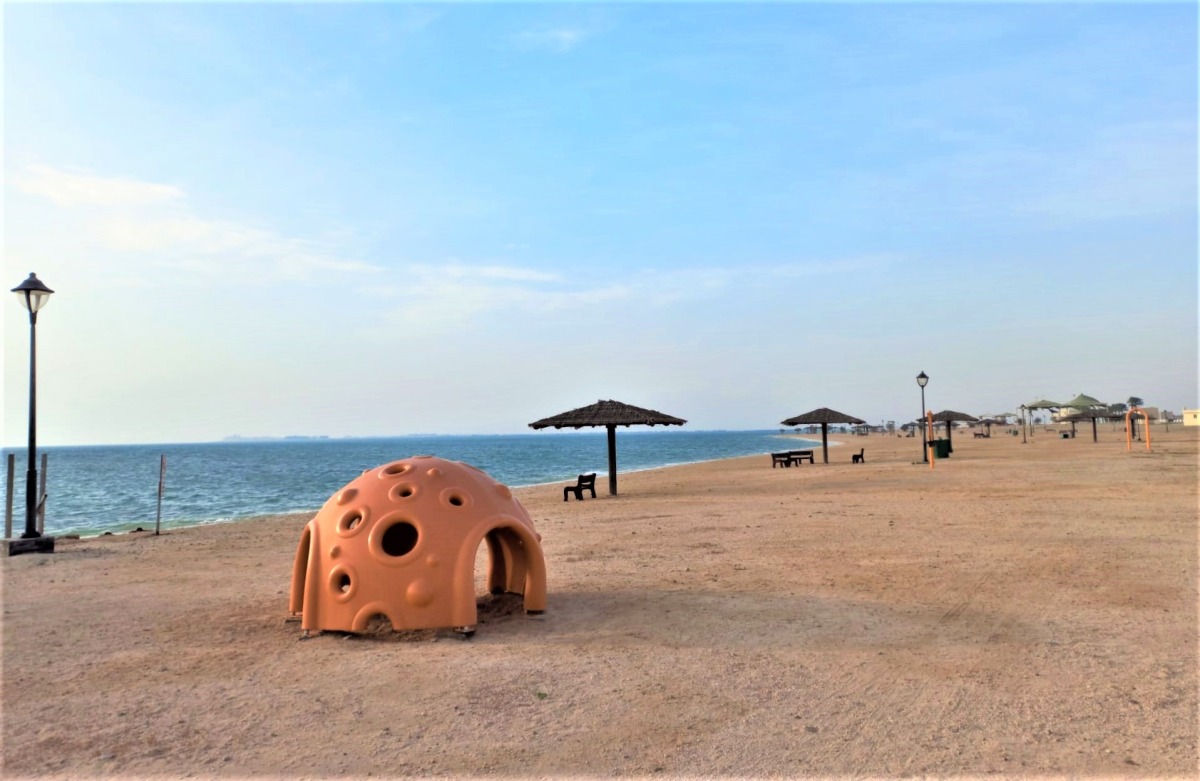
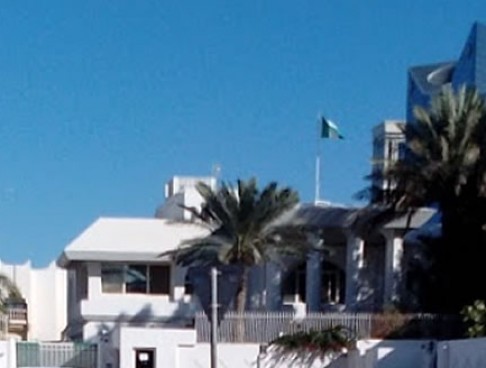

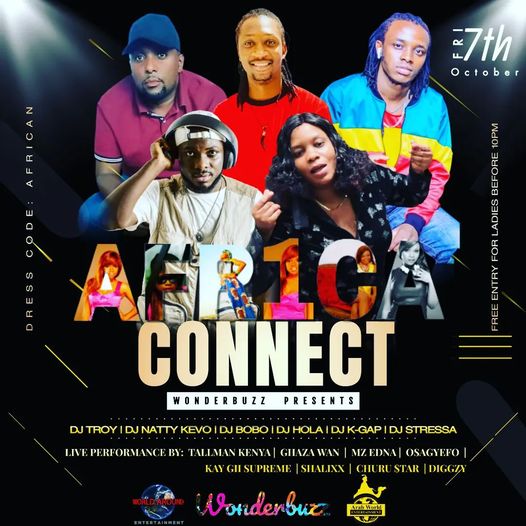
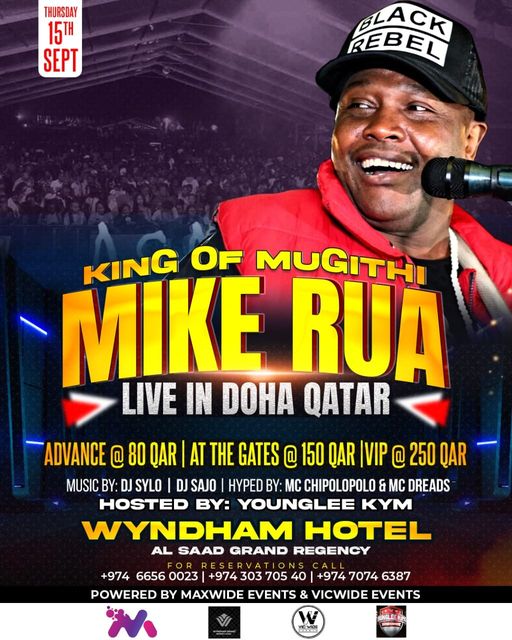
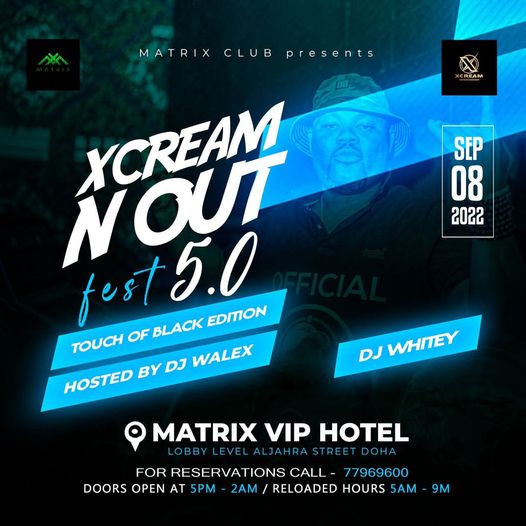
Leave a Reply